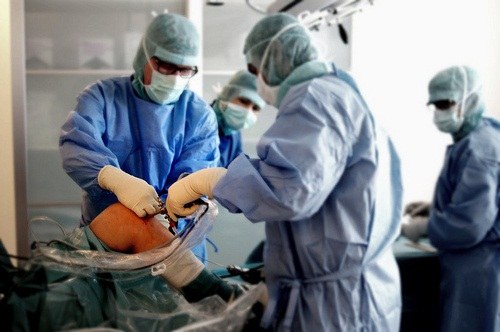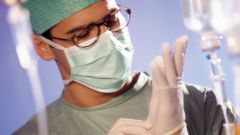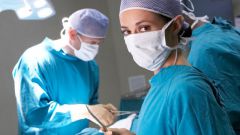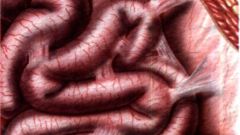For each person the need for surgical intervention is always not only a terrible sentence, but the initial question in a long sequence called "how to conduct an operation in the best possible way". Today, technological progress is deeply rooted in medical care that allows you to practice all sorts of achievements and innovation. Modern medicine suggests two ways of access to the internal organs: abdominal and laparoscopic.
Abdominal operations are performed in all hospitals in the post-Soviet space. The disadvantages of this method are primarily in long-term recovery. Increased trauma leads to long healing of damaged tissues and often – the emergence of the rumen, which negatively affects the self-esteem in their appearance (especially women).
Long postoperative period leads to large additional costs. This stay at the hospital, and procurement of essential medicines for rapid healing of wounds. But the advantage of such an operation – the possibility of holding her in the clinic at any level. Whereas laparoscopy should be carried out on high-quality equipment only confident professionals, able to work with sensitive equipment.
One of the breakthroughs in medicine has become the new operating method - laparoscopy. It consists in that the usual cuts with a scalpel are replaced by a few hiccups in certain places. Most often, this version of the operations used in the abdominal and pelvic region. The main tool for diagnosis is a laparoscope consisting of a lens and tubes. The tube is attached lightening cable. During surgery the abdomen is filled with carbon dioxide works as an air cushion for internal organs. Remove or repair damaged organs is a special surgical tools – manipulators.
Differences laparoscopic surgery abdominal surgery striking. The main advantages of laparoscopy include a reduction of surgical trauma and early recovery of tissues mini incisions, reducing healing time from 2-3 weeks to 3-4 days, better operation due to the clear images of the affected organs from all angles. The effects of surgery in the form of scars are also missing.
Of course, each specific clinical case to be treated separately. The choice of method of surgical intervention needs to match both the problem and the skill of the surgeon. Much depends on the technical capabilities of the clinic.
What are the risks of abdominal surgery
Abdominal operations are performed in all hospitals in the post-Soviet space. The disadvantages of this method are primarily in long-term recovery. Increased trauma leads to long healing of damaged tissues and often – the emergence of the rumen, which negatively affects the self-esteem in their appearance (especially women).
Long postoperative period leads to large additional costs. This stay at the hospital, and procurement of essential medicines for rapid healing of wounds. But the advantage of such an operation – the possibility of holding her in the clinic at any level. Whereas laparoscopy should be carried out on high-quality equipment only confident professionals, able to work with sensitive equipment.
There is a technique of mini-laparoscopy or microlaparoscopy when the procedure is performed with devices with a thickness of 2-3 mm. hospitalization of the patient when it lasts a day, and suturing is not required.
What is laparoscopy
One of the breakthroughs in medicine has become the new operating method - laparoscopy. It consists in that the usual cuts with a scalpel are replaced by a few hiccups in certain places. Most often, this version of the operations used in the abdominal and pelvic region. The main tool for diagnosis is a laparoscope consisting of a lens and tubes. The tube is attached lightening cable. During surgery the abdomen is filled with carbon dioxide works as an air cushion for internal organs. Remove or repair damaged organs is a special surgical tools – manipulators.
The superiority of laparoscopic surgery over abdominal surgery
Differences laparoscopic surgery abdominal surgery striking. The main advantages of laparoscopy include a reduction of surgical trauma and early recovery of tissues mini incisions, reducing healing time from 2-3 weeks to 3-4 days, better operation due to the clear images of the affected organs from all angles. The effects of surgery in the form of scars are also missing.
Laparoscopy is performed only in remission. During acute inflammatory processes, the operation fails.
Of course, each specific clinical case to be treated separately. The choice of method of surgical intervention needs to match both the problem and the skill of the surgeon. Much depends on the technical capabilities of the clinic.









